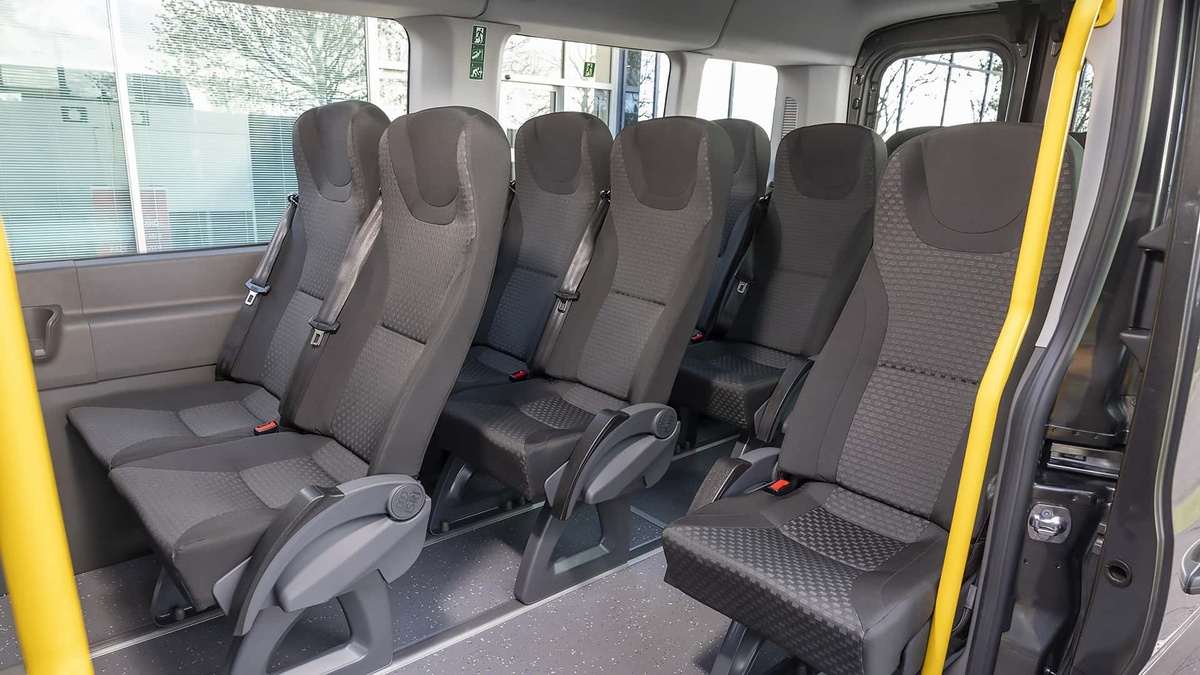The E-Transit gets a new battery that can hold 89 kWh. That's an impressive 21 kWh more than the previous version. The former maximum WLTP range of 317 km is now extended to up to 402 km on a single charge.
For comparison, the new Mercedes-Benz eSprinter is available with three battery sizes, with a maximum of 113 kWh. The maximum range, according to WLTP, is 440 km. The Fiat E-Ducato can travel up to 424 km with its 110 kW battery.
In addition to the larger battery, the Ford E-Transit features new dual onboard chargers that enhance DC fast charging power from 115 kW to 180 kW. This enables compatible DC chargers to extend range by up to 116 km in ten minutes. Furthermore, AC charging power has been elevated from 11 to 22 kW.
The rear-mounted electric motor remains unchanged, producing 135 kW of power and 430 Nm of torque. An optional on-board energy supply, "Pro Power Onboard," provides 2.3 kW of electricity from the vehicle battery for the operation of electrical tools, devices, and conversions.
Ford offers a comprehensive range of 19 model variants, including those with additional wheelbases L3 and L4, panel van versions with single and double cabs, and chassis with permissible total weights of 3.5 to 4.25 tons. The maximum payload of the panel vans is 1,460 kg, the chassis can carry up to 1,814 kg, and the 3.5-ton trucks can tow a trailer load of up to 750 kg.


Ford E-Transit (2024)
A minibus version is new to the range. It seats up to 15 people and is based on the E-Transit L3 station wagon, which can weigh up to 4.25 tons. This version has a passenger seat or a double bench seat in the front row, as well as nine or twelve passenger seats. You can also order a high roof. It comes with air conditioning, heating for the passenger compartment, and electrically extendable steps.
Source: Ford
.jpg)

